Olivier Mourgue
He grew up in a Paris apartment filled with Empire-style antique furniture, which he detested- "Furniture like that has nothing to do with life," he proclaimed in 1965. "One is never at ease in such rooms." - Olivier Mourgue
Born: 1939 (age 83 years), Paris, France
NATIONALITY: FRENCH
Education: École Boulle - HESAM Université
About Olivier Mourgue
Olivier Mourgue was born in 1939 in Paris. He went on to study interior design and furniture design at the 'l'Ecole Nationale Superieure des Arts Decoratifs' in Paris where he graduates in 1960. He continues his education from 1959 to 1961 in Finland and Sweden where he assisted Maurice Holland and Nordiska Kompaniet in Stockholm.
Mourgue’s true talent blossomed when he began working with the French manufacturer Airborne International in 1963. His well known ‘Djinn’ collection was featured in Stanley Kubrik’s ‘2001: A Space Odyssey’. The name, ‘Djinn’ comes from the Muslim legend, a spirit that is capable of tranforming from human to animal form. A lesser known fact about the film is that Stanley Kubrick destroyed all of the set props from the film in fear that they might fall into the wrong hands of a lesser known director.
Mourgue’s ‘Djinn’ designs were also used in ‘White Lines’ a Netflix TV series released in 2020. Proving the radical design is still as timeless and trendy as in the sixties.
Beyond working for Airborne, Mourgue also took up jobs as an interior designer. Notably for the ‘Agence D’Architecture Interieure Gautier-Delaye”.
In 1966, Olivier MOugure opens his own design studio in Paris. Here he would be commissioned for projects with companies such as Prisunic, Renault and Mobilier National. One of his more prominent designs was for Disderot, a series of lamps featuring a stem and flower shaped shades.
A rather unfamiliar project of Mourgue’s was for Visiona by Bayer Ag who began hiring some of the most talented designers in 1968 up until 1972 to create futuristic displays on board a ship in Cologne, Germany. Other designers who participated in this project were Verner Panton and Joe Colombo whose commissions garnered rather large and international attention. Unfortunately, this wasn’t the case for Olivier Mourgue. While there are plenty of images of Panton and Colombo’s designs, Mourgues are rather unknown. Nonetheless, Mourgue was hired to complete a full interior installation. The outcome was more than the company could have ever dreamt of, Described as a utopia where man and nature lived side by side in harmony.
A decade after he opened his deisgn studio, Mourgue decides to close shop. No longer needing to be tied down to Paris, Mourgue moves to Bretage, France where he takes a job as a professor at the school of fine arts in Brest. THis is a fact that I find incredible honorable. Instead of continuing to focus on his own work, he decided he would rather inspire and educate others.
Olivier MOugue’s legacy will forver live on. You can find most of his creations in museum collections or the homes of collectors, design connosieurs and celebrities.
While almost all of his designs are no longer in production, his ‘Bouloum’ chair (formerly produced by Airborne international) is now being produced by Arconas of Canada.
Olivier Mourgue ‘Boulum’ chair designed in 1971. © Olivier Mourgue
All images are copyrighted © by Olivier Mourgue. Apart from fair dealing for the purpose of private study, research, criticism or review as permitted under the Copyright Act. All images used for illustrative purposes only.
PLEASE NOTE* WE HAVE NOT INCLUDED EVERY WORK OF OLIVIER MOURGUE’S, WE URGE OUR READERS TO DO THEIR OWN INDEPENDENT RESEARCH INTO ALL OF His DESIGNS.
DISCLAIMER: THE MILLIE VINTAGE DOES NOT OWN ANY RIGHTS TO THESE PHOTOS. PLEASE NOTE THAT ALL IMAGES AND COPYRIGHT BELONGS TO THE ORIGINAL OWNERS. NO COPYRIGHT INFRINGEMENT INTENDED.
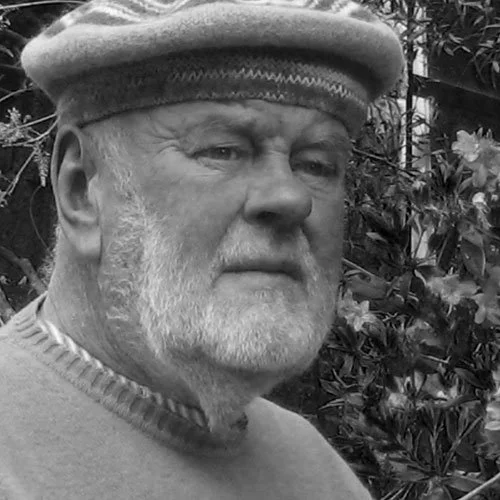

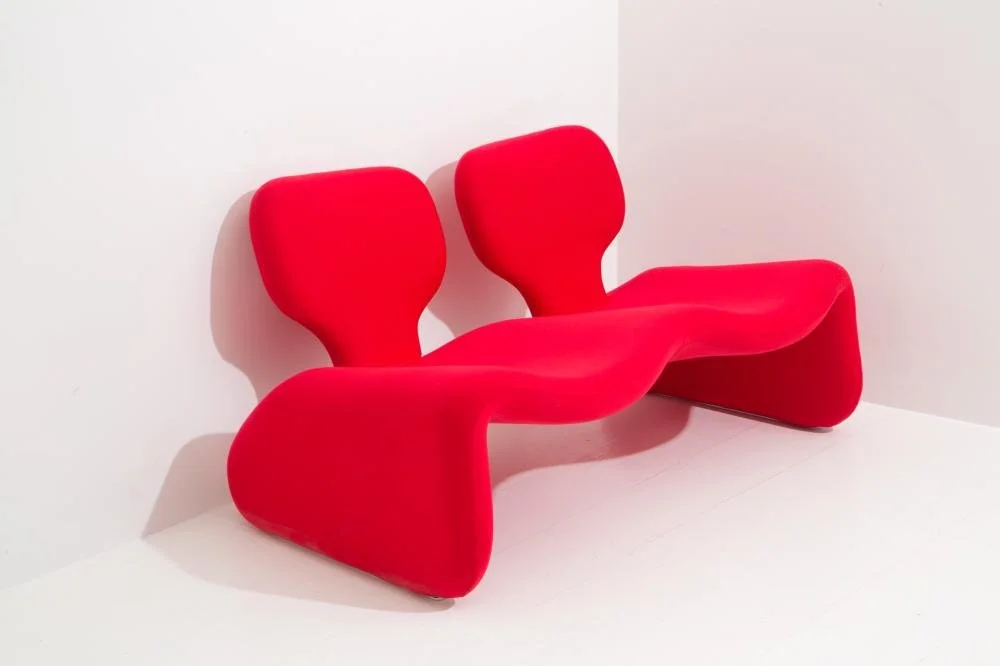





























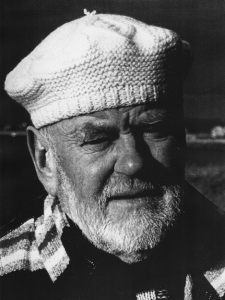
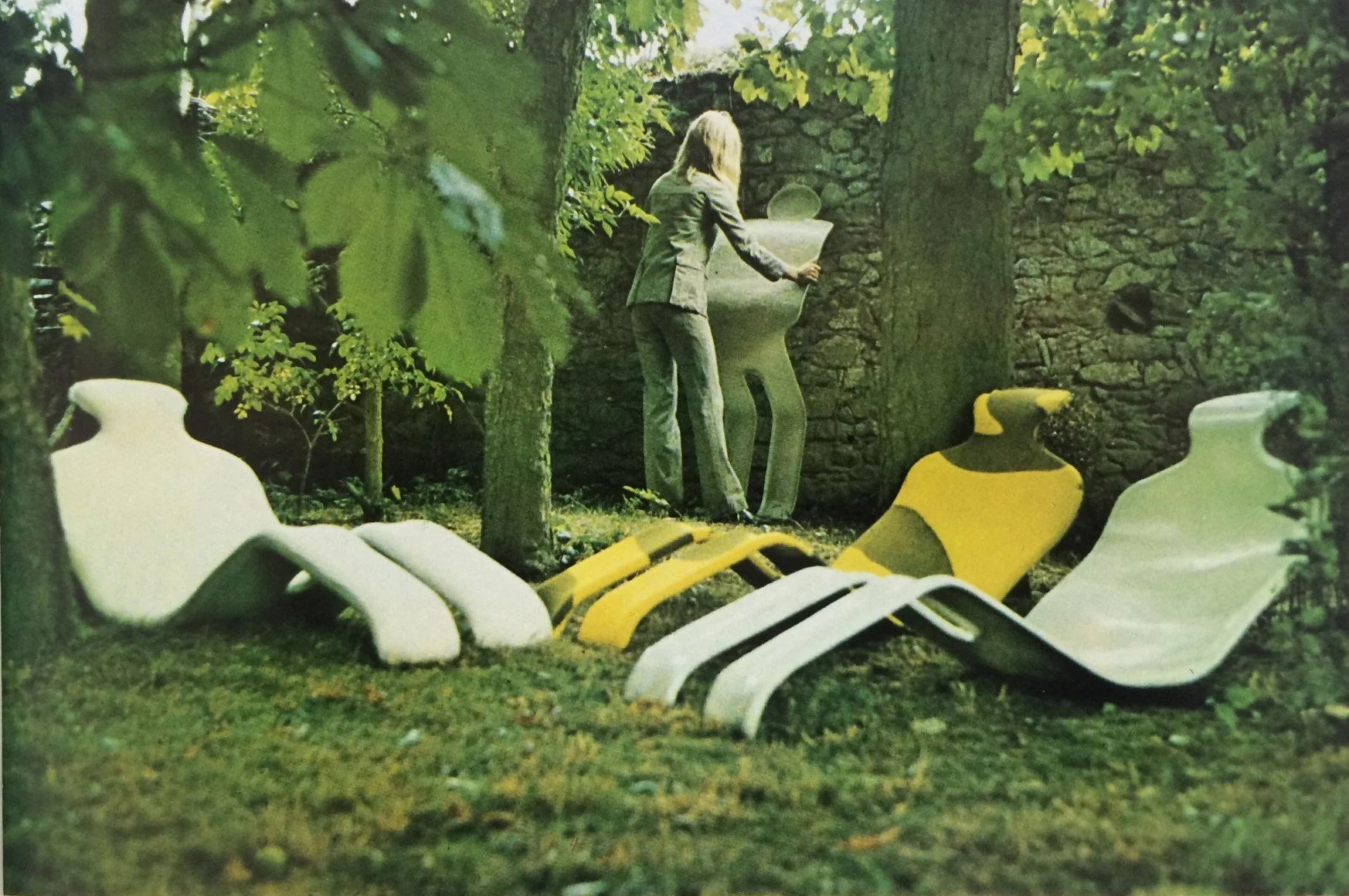





























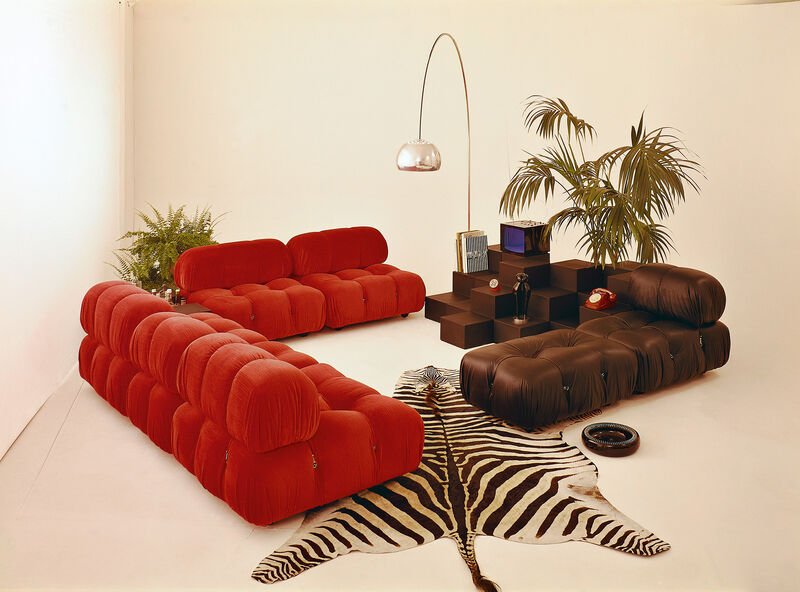













It’s no surprise that celebrities have the ability to acquire some of the most rare and incredible pieces of design. We are thrilled to see faces we look up to, enjoying vintage design as much as we do.